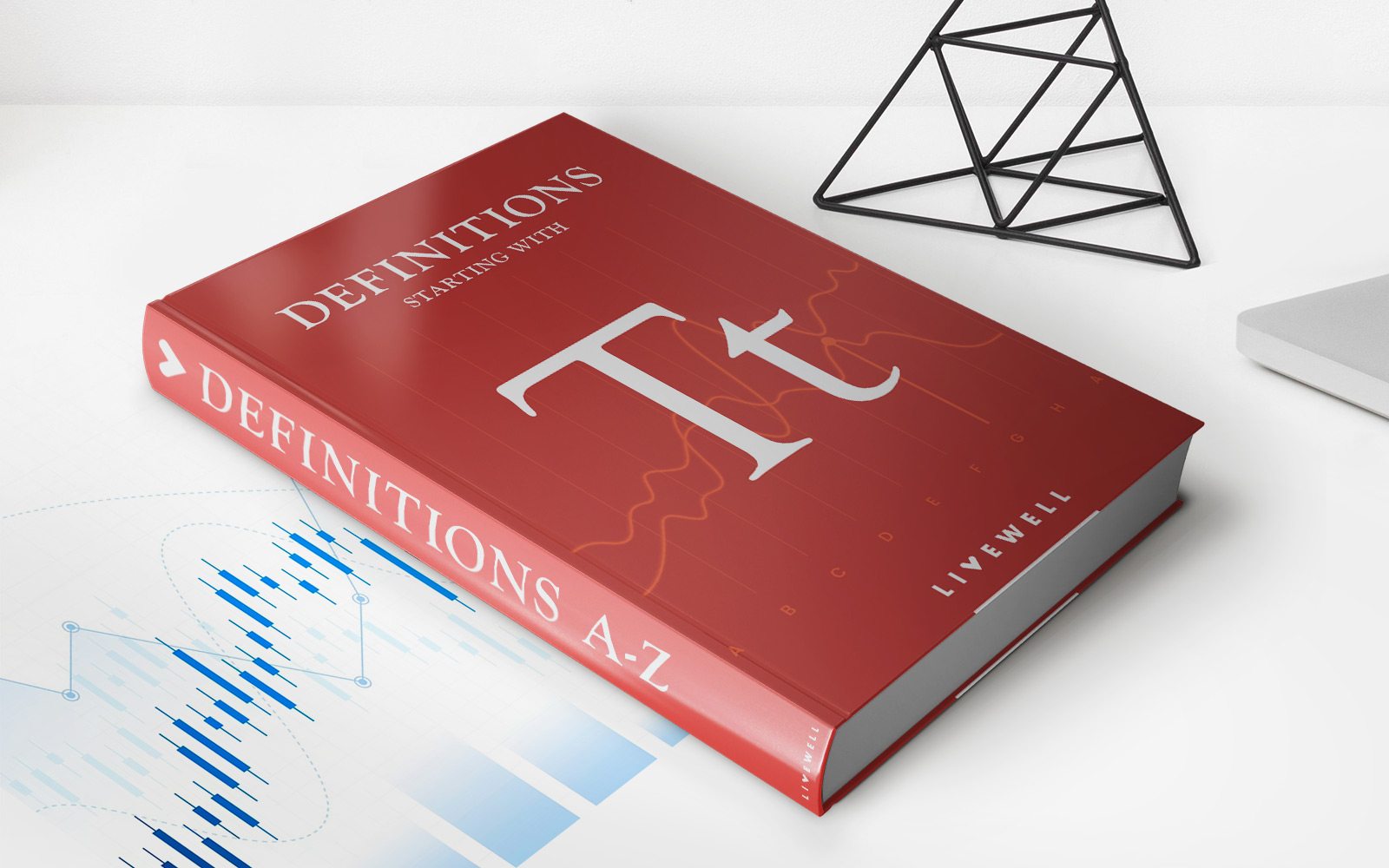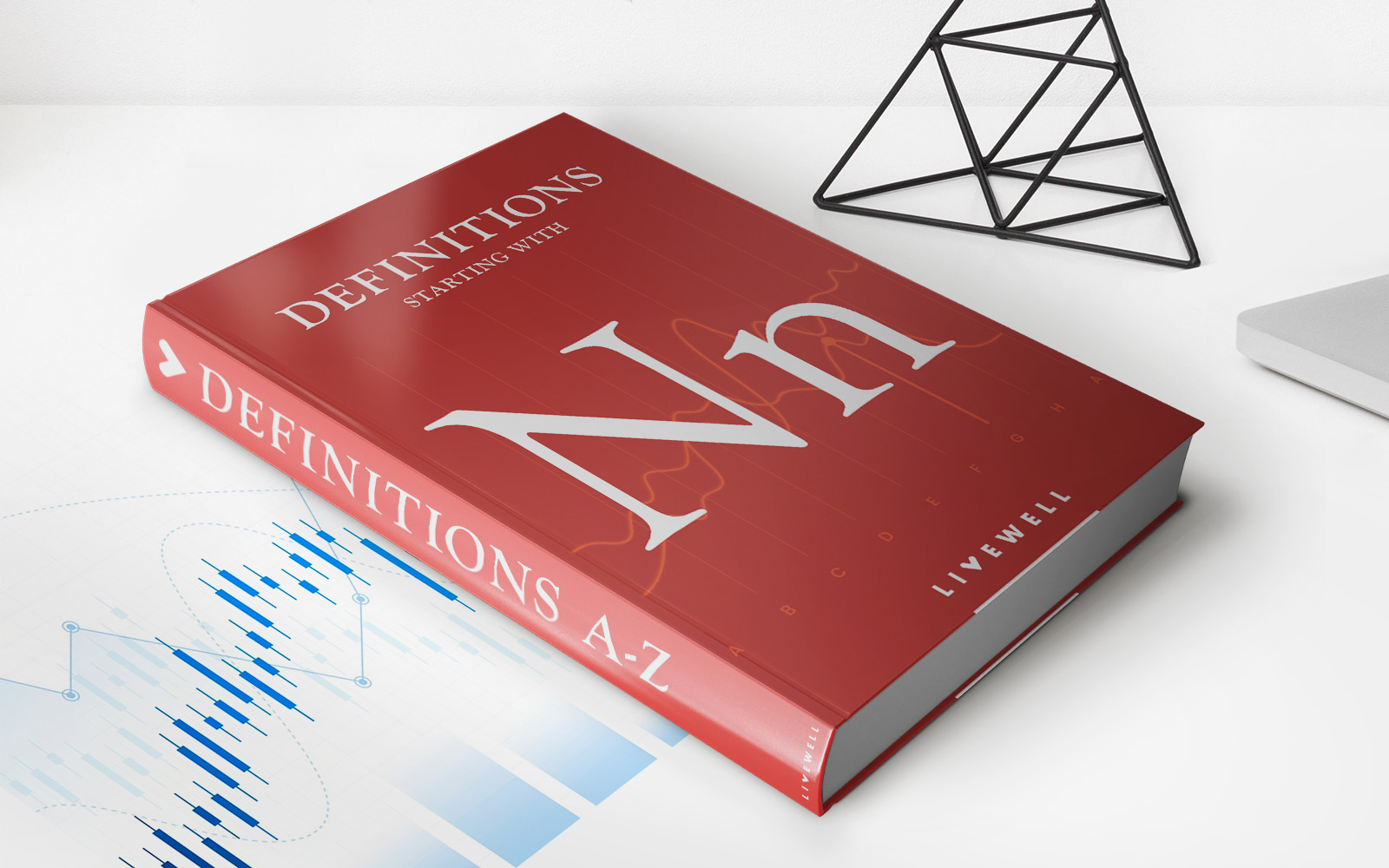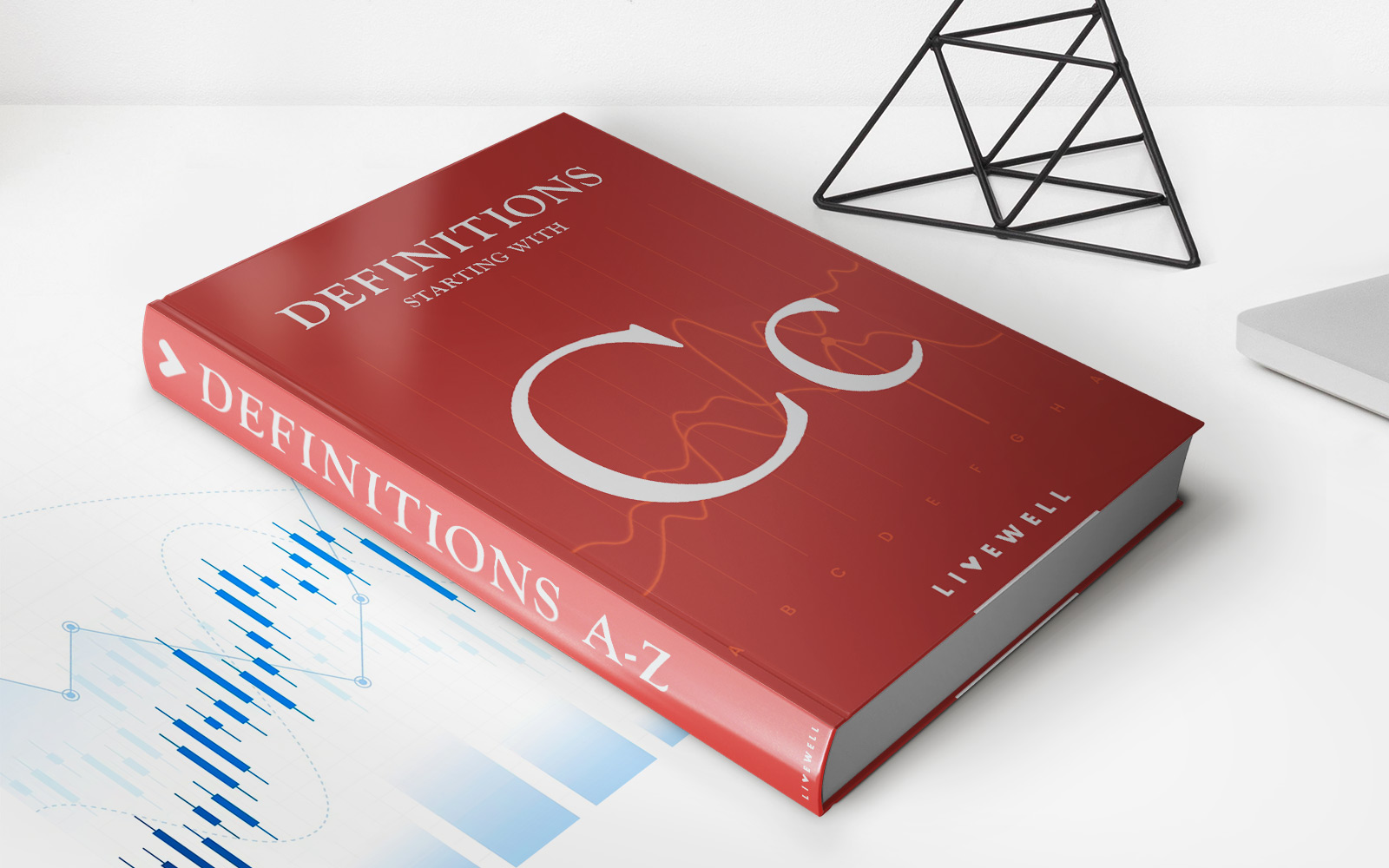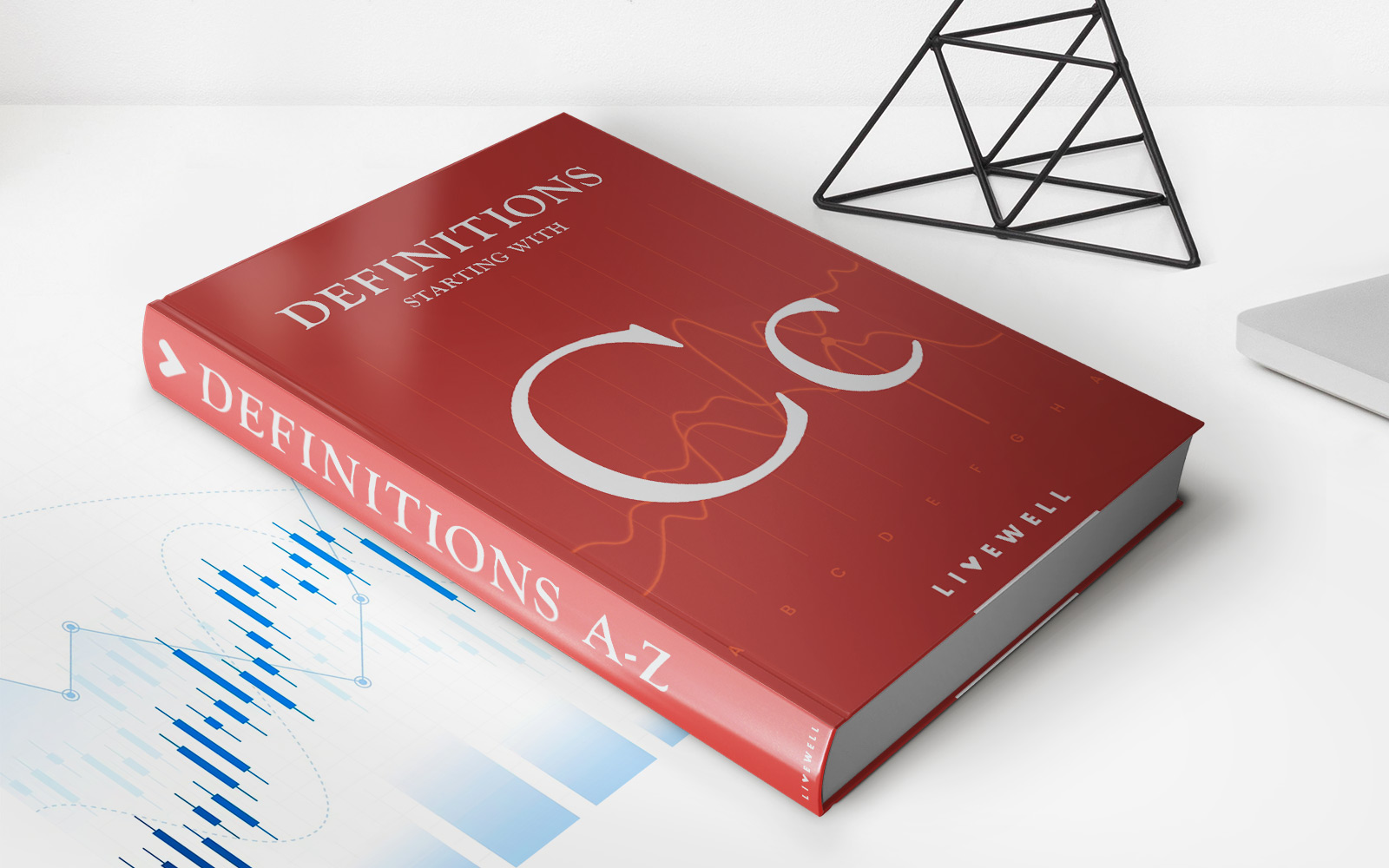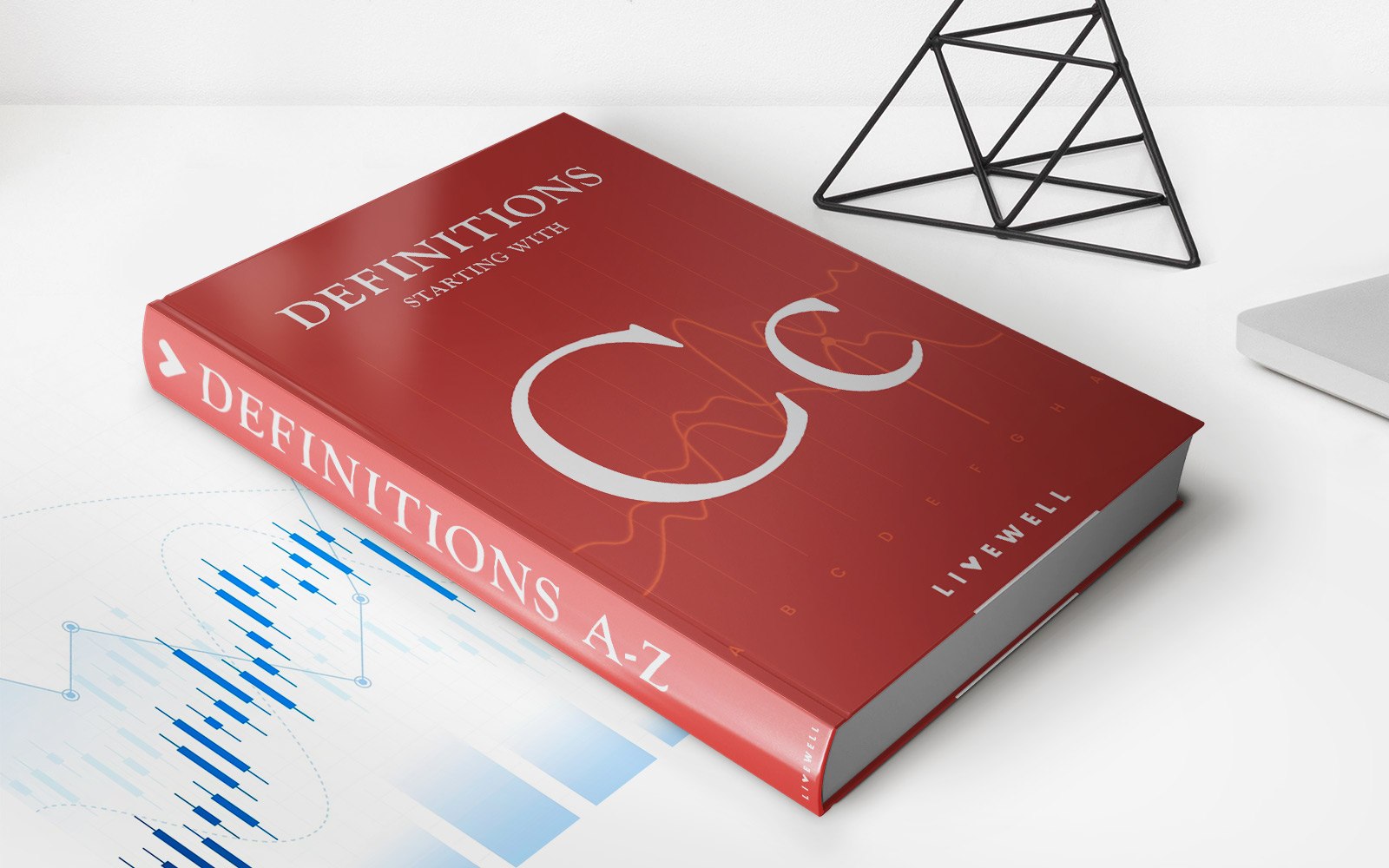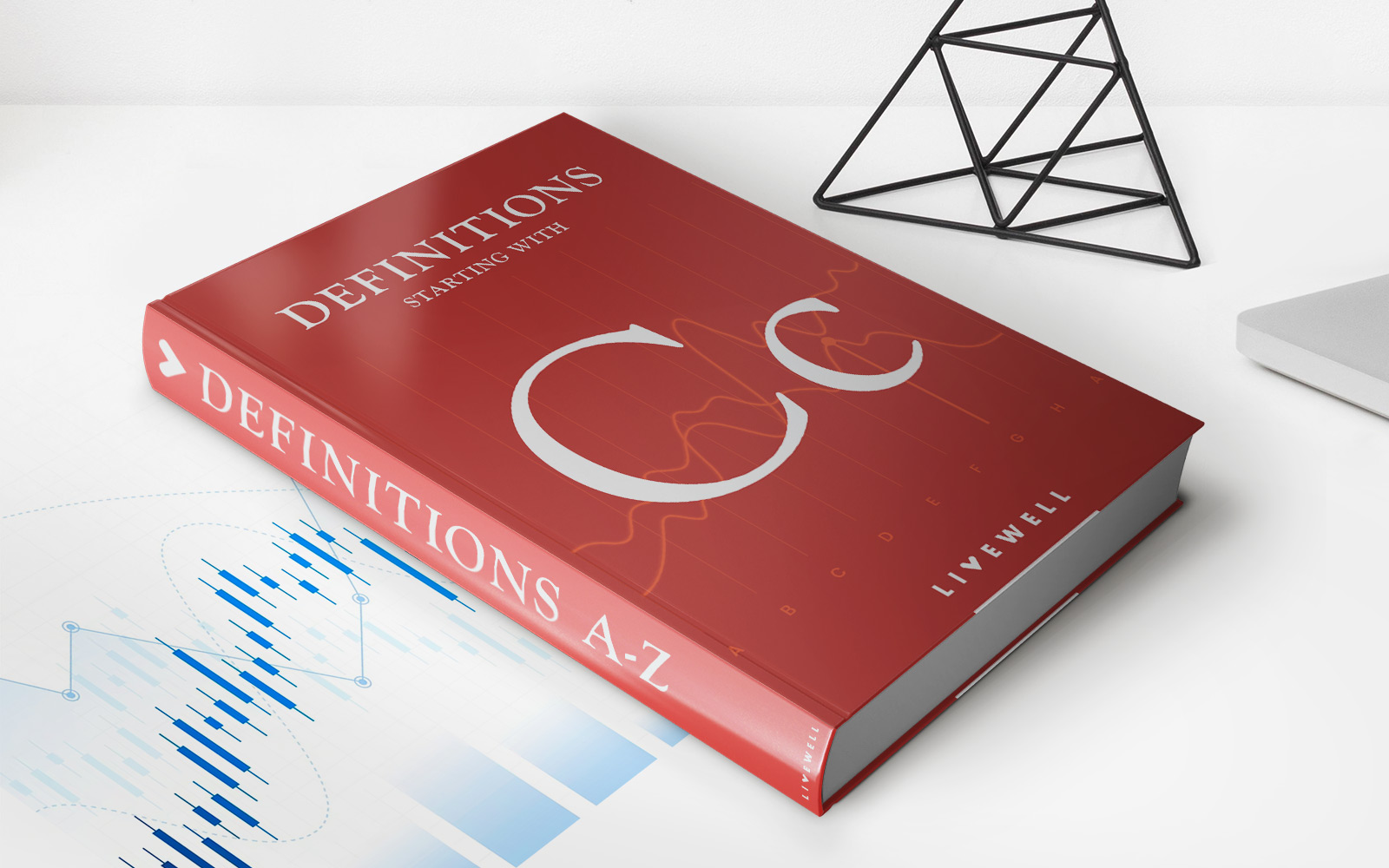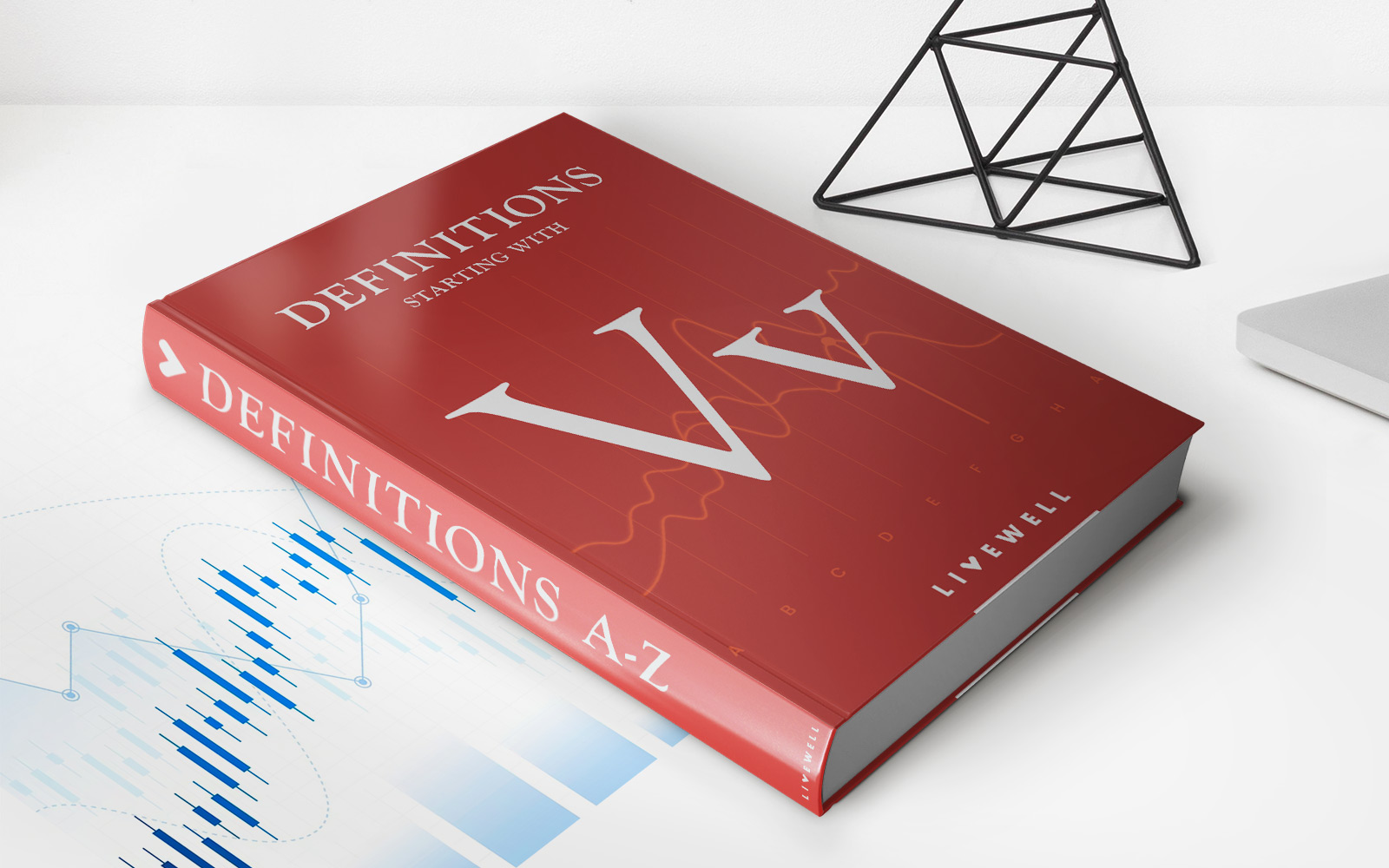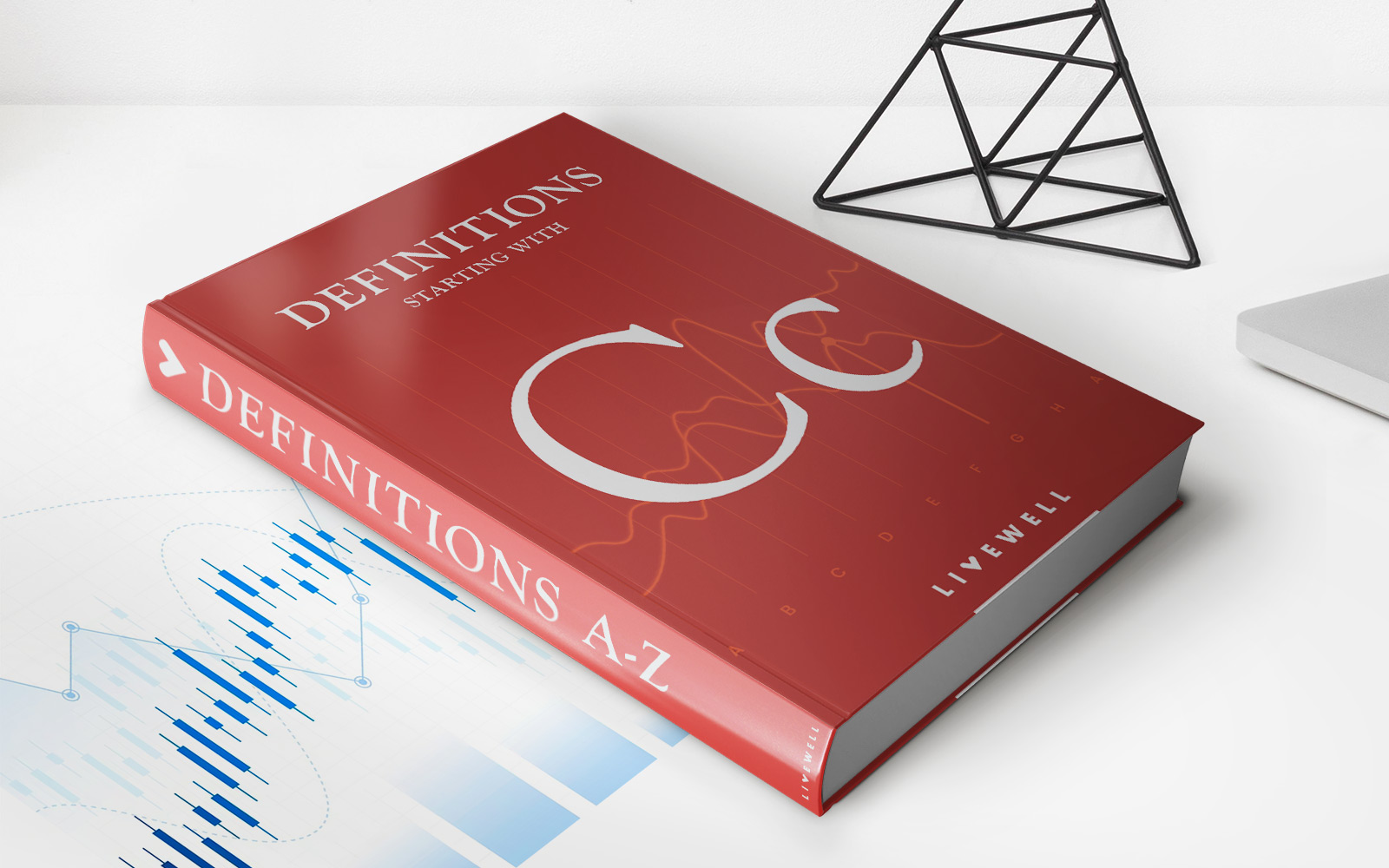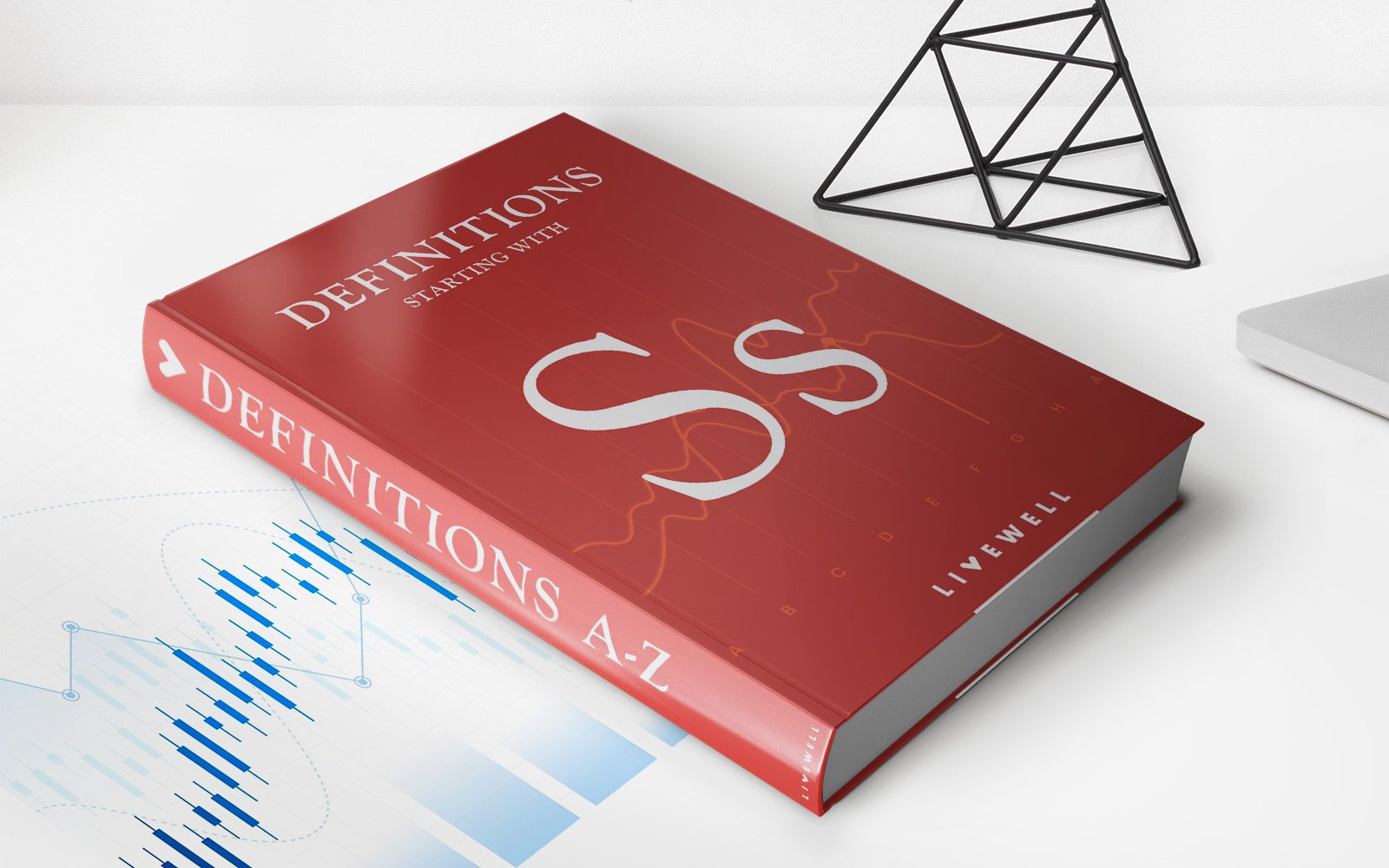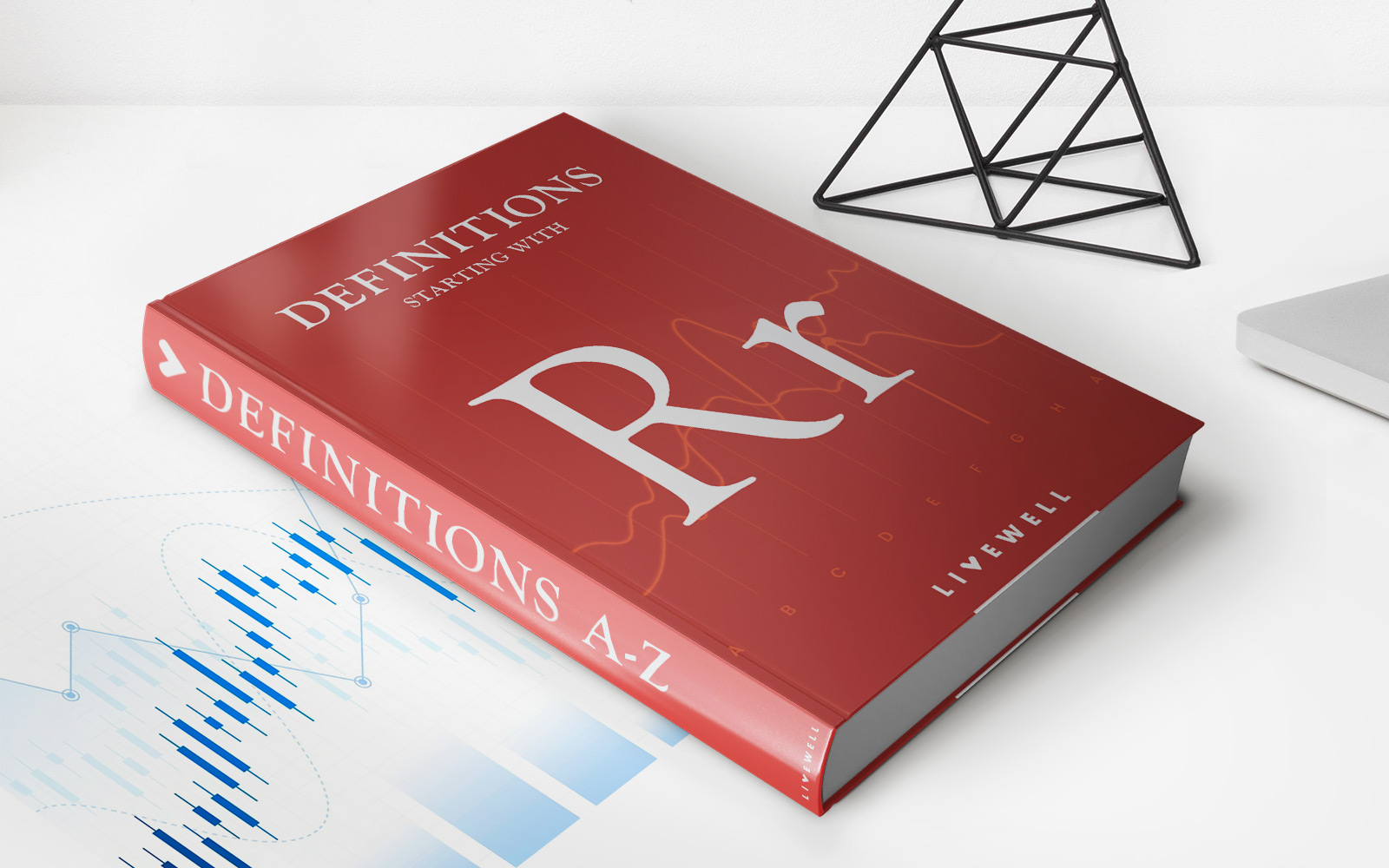Home>Finance>Rate-and-Term Refinance: Definition, Examples, Vs. Cash-Out
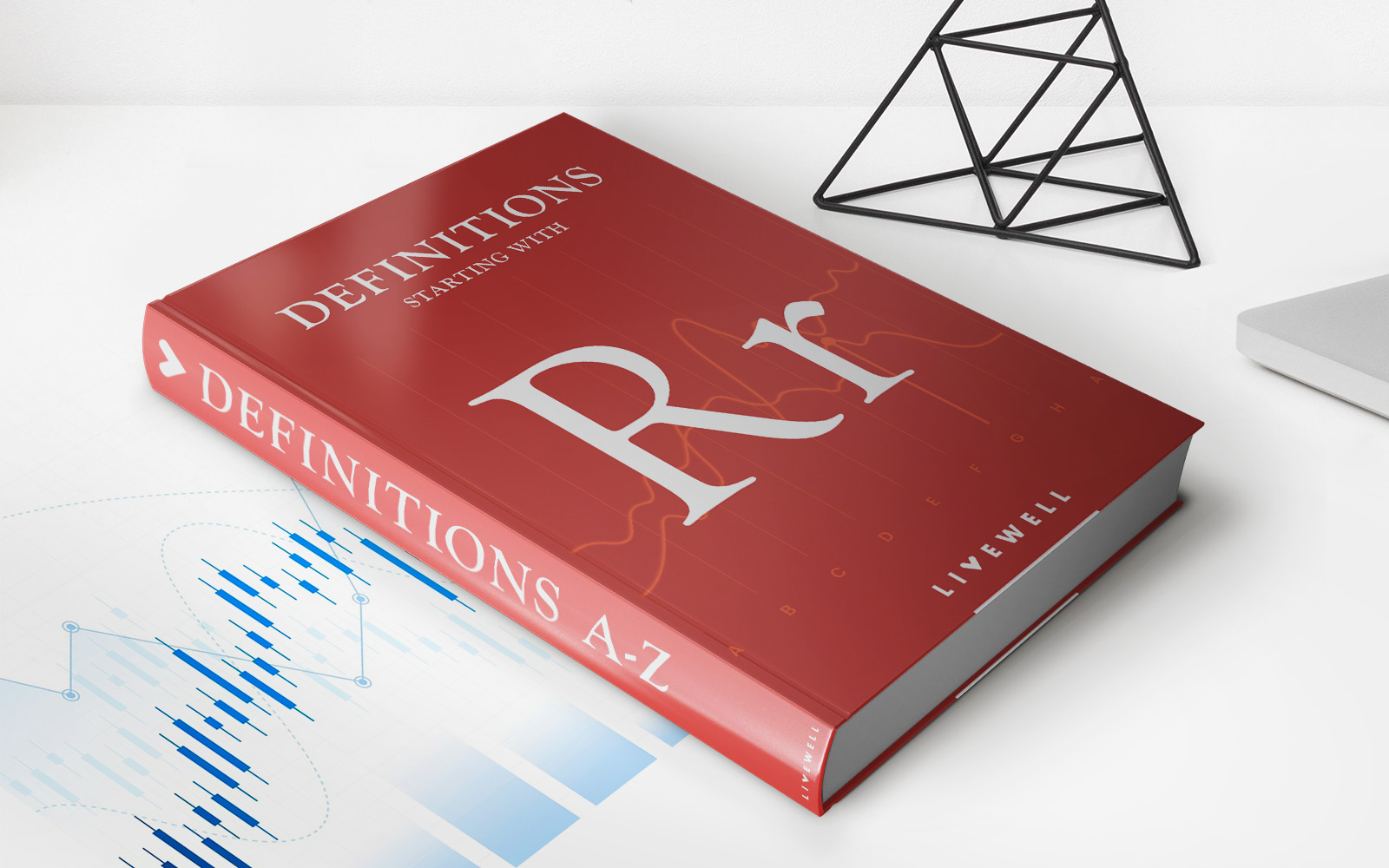

Finance
Rate-and-Term Refinance: Definition, Examples, Vs. Cash-Out
Published: January 15, 2024
Discover the Definition and Examples of Rate-and-Term Refinance vs. Cash-Out Refinance. Explore the world of finance and make informed decisions for your future.
(Many of the links in this article redirect to a specific reviewed product. Your purchase of these products through affiliate links helps to generate commission for LiveWell, at no extra cost. Learn more)
Understanding Rate-and-Term Refinance: Definition, Examples, Vs. Cash-Out
When it comes to managing our finances, exploring the various options available can help us make informed decisions. One such option is a rate-and-term refinance. In this blog post, we will unravel the definition, provide examples, and explain the difference between rate-and-term refinance and cash-out refinance. So, let’s dive right in!
Key Takeaways:
- Rate-and-term refinance allows homeowners to adjust their mortgage interest rate and loan term without taking any additional cash out.
- It is a popular choice for borrowers looking to lower their monthly mortgage payments, secure a fixed interest rate, or reduce the overall interest paid over the loan term.
What is Rate-and-Term Refinance?
Rate-and-term refinance, also known as a no cash-out refinance, is a financial strategy where homeowners choose to modify the interest rate and/or the term (duration) of their existing mortgage without receiving any additional cash proceeds. This type of refinance is different from a cash-out refinance, where homeowners borrow against their home equity and receive additional funds at closing.
Rate-and-term refinance offers borrowers several potential advantages. By refinancing to a lower interest rate, homeowners can reduce their monthly mortgage payments while maintaining the same loan term. Alternatively, if the financial goals lean towards paying off the mortgage faster, borrowers can refinance to a shorter term without increasing their monthly payments significantly. It also provides an opportunity to switch from an adjustable-rate mortgage (ARM) to a fixed-rate mortgage, providing more stability and predictability in monthly payments.
Examples of Rate-and-Term Refinance
Let’s consider a couple of examples to better understand rate-and-term refinance:
- Lowering Monthly Payments: John has been paying his mortgage for five years and wants to reduce his monthly payments while remaining in his home. By refinancing to a lower interest rate with the same loan term, John can achieve his goal and potentially save money over time.
- Shortening the Loan Term: Sarah has been on a 30-year mortgage for 10 years and now wishes to own her home outright in the next 15 years. By refinancing from a 20-year term, instead of restarting the loan term to 30 years, Sarah can reduce the overall interest paid and potentially save thousands of dollars.
Rate-and-Term Refinance Vs. Cash-Out Refinance
Now, let’s differentiate rate-and-term refinance from cash-out refinance to have a clear understanding:
- Rate-and-Term Refinance: Adjusts the interest rate and/or loan term, but does not provide any additional cash proceeds at closing. This option is suitable for homeowners who want to save money on their mortgage or achieve their financial goals without tapping into their home equity.
- Cash-Out Refinance: Adjusts the interest rate, loan term, and allows homeowners to access a portion of their home equity. The additional funds can be used for various purposes such as home improvements, debt consolidation, or other financial needs. However, it is important to consider that tapping into home equity increases the overall loan balance.
Understanding the differences between these options is crucial to determine the most suitable choice based on your specific financial goals.
Rate-and-term refinance is an attractive option for many homeowners, offering the flexibility to adjust their mortgage terms and potentially save money. Whether you want to lower your monthly payments, secure a fixed interest rate, or shorten the overall loan term, rate-and-term refinance can help you achieve your goals. Consider speaking with a mortgage professional to explore this option further and determine if rate-and-term refinance is right for you.
Have you ever considered rate-and-term refinance? Share your thoughts in the comments below!

